A visit to the Olivewood Gardens and Learning Center
Nov 12, 2010, Updated Dec 10, 2015
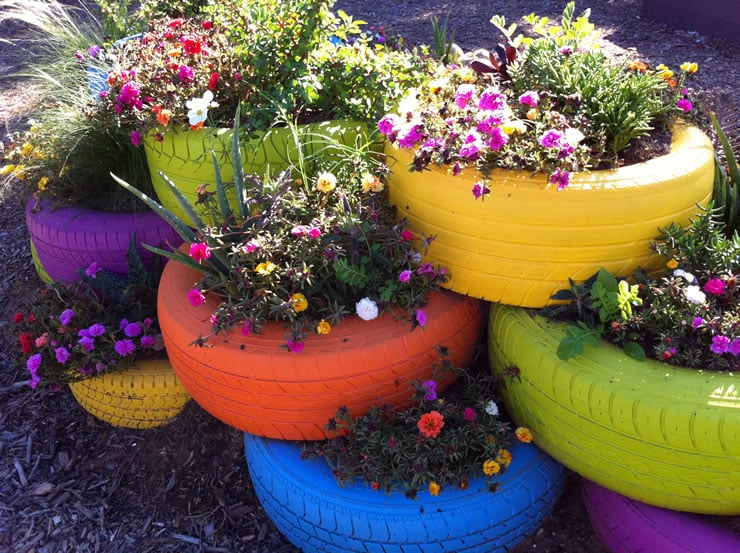
Recently I had a unique opportunity to visit the Olivewood Gardens and Learning Center, an urban, organic garden in National City, California, just south of San Diego.
Olivewood Gardens’ mission is to educate students, teachers, families, and volunteers to be healthy and active citizens. It is a destination for children from the surrounding urban community to explore connections between plants and history, science, art, literature, math, and nutrition, where learning is centered within the context of an organic garden. Organic produce is grown and harvested for nutrition classes, cooking demonstrations, and workshops.
I caught up with Amy Carstensen, the Executive Director, at her home in San Diego. It was lunchtime for her two young boys, and they had in front of them vegetable soup, sugar snap peas, and peanut butter sandwiches (sans jelly) on whole wheat bread. Amy asked them, “Does our food come from the farm or the factory?” Both enthusiastically replied “Farm!” (Lest you fear that Amy is depriving the boys of any junk-food joy in their formative years, yes, they went trick-or-treating and yes, they have an occasional factory-produced snack.)
Once the boys had finished lunch, we headed south to the Learning Center, which is perched on a hill at the end of an unassuming residential street. A bright-yellow, impossibly-quaint Victorian manor serves as the centerpiece of this seven-acre property, surrounded by gardens, lush grass, a chicken coop, and a few stately palm trees to remind us we’re in Southern California.
Their operation is relatively new — just a couple of years in the making. The home, originally built in 1896, was purchased ninety years later by Walmart heirs John and Christy Walton, who created an organic garden there to help their son successfully defeat cancer with a nutritious, vegetable-based diet.
In 2006 the Waltons donated the property to the International Community Foundation, with the request that they keep and maintain the garden. Through a serendipitous series of events (both good and bad), the ICF was able to expand it into a flourishing program.
On one side of the house is a half-acre demonstration garden, showcasing what people could do in their own backyards or patios: Dozens of plants in above-ground planter boxes, rows of tomatoes, a flower tunnel, a “pizza garden” (all the ingredients you need for pizza toppings, in the shape of pie slices), and even an unassuming, un-oderous compost pile.
On the other side, a gently-sloping hillside presents row upon row of vegetables. My favorite? The line of Brussels sprouts (which I had never actually seen growing before) — delightfully Seussian! A fruit orchard is in the works, too.
They also have a chicken coop, of course, with a flock of eighteen ladies and a handsome rooster, appropriately named Oliver.
Amy then took me into their demonstration kitchen. The home’s original kitchen is just large enough for ten kids to gather ’round and learn how to make Pumpkin Lasagna with Swiss Chard.
Wait, what? Fifth graders are making Pumpkin Lasagna with Swiss Chard? With a little help from the adults, yes. More importantly, they’re eating it — and wanting more. And that just happened to be the most recent presentation in the kitchen (apparently their pumpkin patch was prolific this year).
With the help of more than 60 chefs volunteering their time and expertise in both in the garden and the kitchen, along with many other volunteers, Olivewood Gardens has already served over 2,000 people in their community.
This isn’t just a one-time field trip for the kids, either. They visit four times a year, so they build a relationship with this place and with the food that they are growing, harvesting, and eating.
As a former teacher, Amy understands the requirements of the education system (curriculum! testing!), so she’s been sure their program fits directly into the grade-specific curriculum.
Before their visit to the gardens, Amy and her crew offer a science-based, in-class lesson for the kids. During their visit, a class will be split into three groups of ten, and over the course of their two-hour field trip will spend time both in the garden — getting their hands dirty, planting and harvesting — and in the kitchen. They make sure that every kid goes home with a recipe, too.
Near the end of my visit, I asked Amy about school gardens. Although she’s supportive, of course, she pointed out a big logistical problem — they are usually started by a dedicated teacher or parent, and when that person moves on, the school is likely to end up with a brown field if no one new steps up. The advantage of Olivewood Gardens — and others like it — is that it is its own entity, and will last beyond just the one volunteer’s contribution.
Before we parted ways, I asked Amy for a call to action. First, she said that we need to focus on “doing better,” not necessarily “best.” (A philosophy I frequently espouse on my own site.) She also suggested that people create a “salad club” at their work or school. Once or twice a week, try having a communal salad day — everyone brings in some fresh, salad ingredients, and you make a huge salad that you all share.
Perhaps most importantly, parents must go to their kids’ schools and see what’s really happening in the cafeteria. Food isn’t always what it seems (good or bad), and you can’t really tell from the menu what is really on offer. The bottom line? Parents need to be active and involved.
What I love most about Olivewood Gardens is its optimism. The historic house, the well-kept and flourishing gardens, and the entire community are all working to help kids understand where their food comes, and why fresh, wholesome food is so wonderful.
Olivewood Gardens is funded by grants, corporations, and personal donations. To learn more, please visit the Olivewood Gardens and Learning Center website, become a fan on their Facebook page, and please consider making a donation to support their important work.
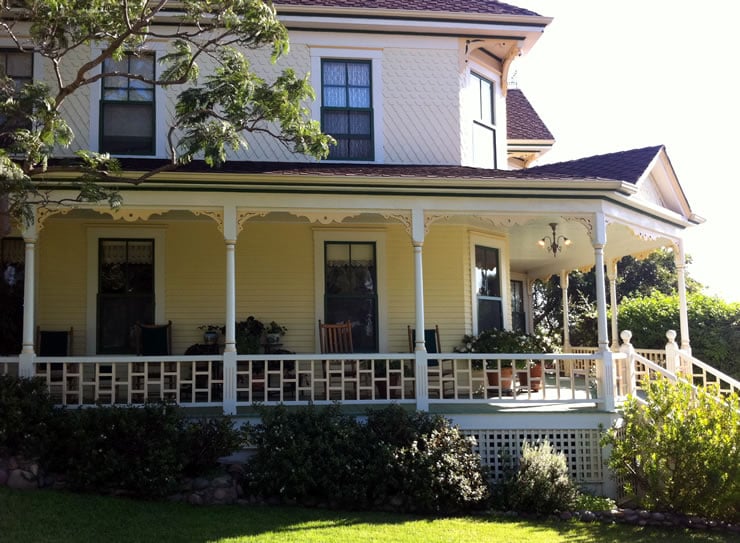
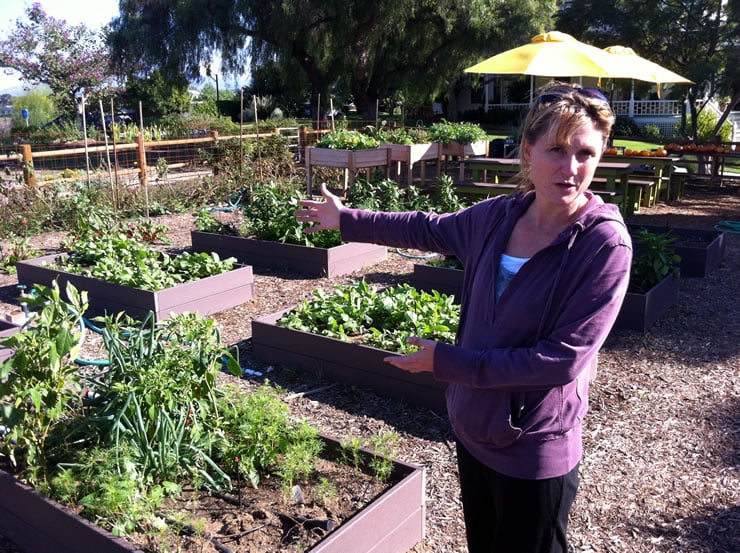
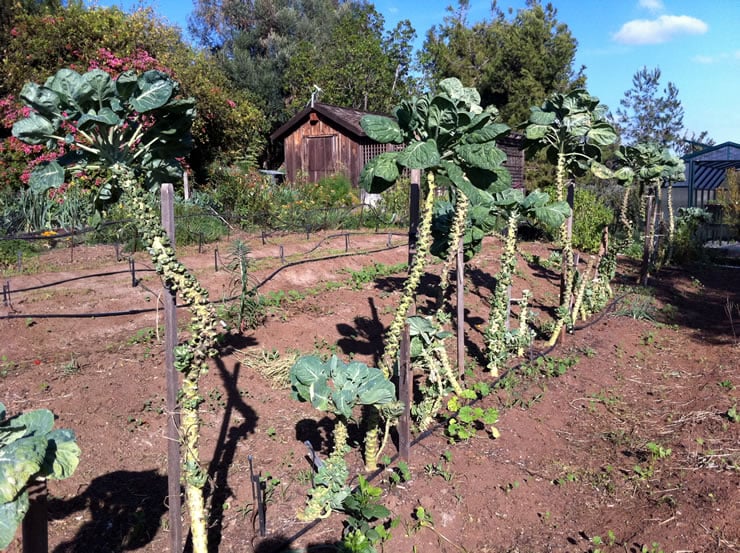
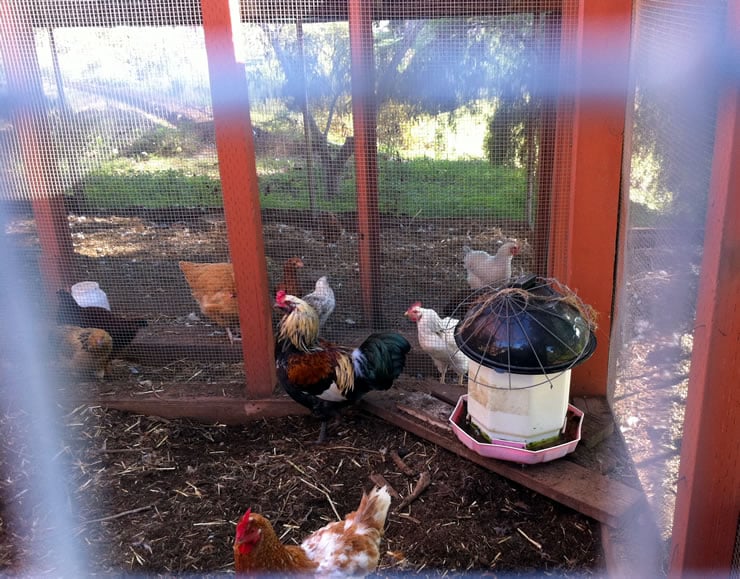
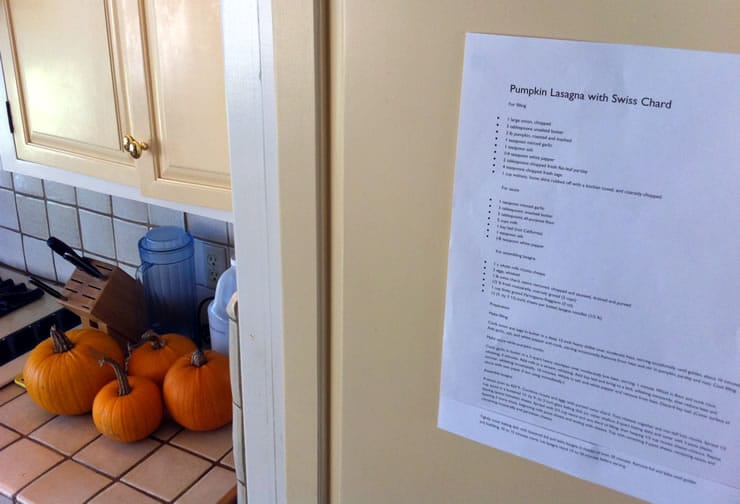
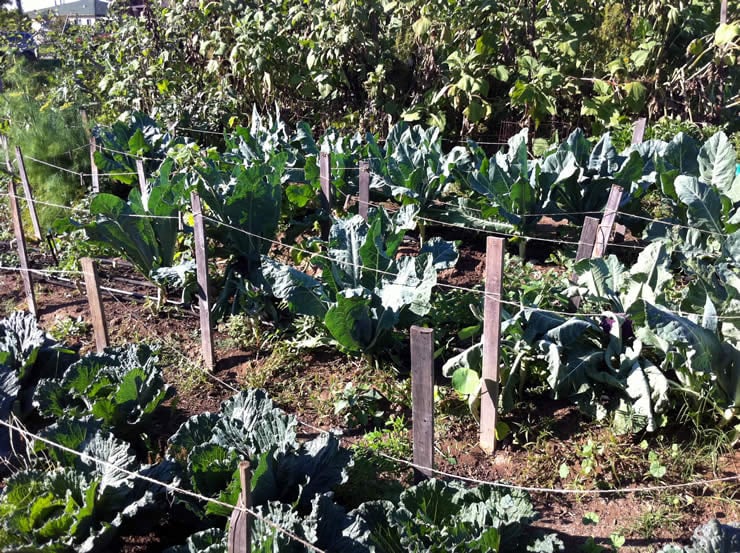
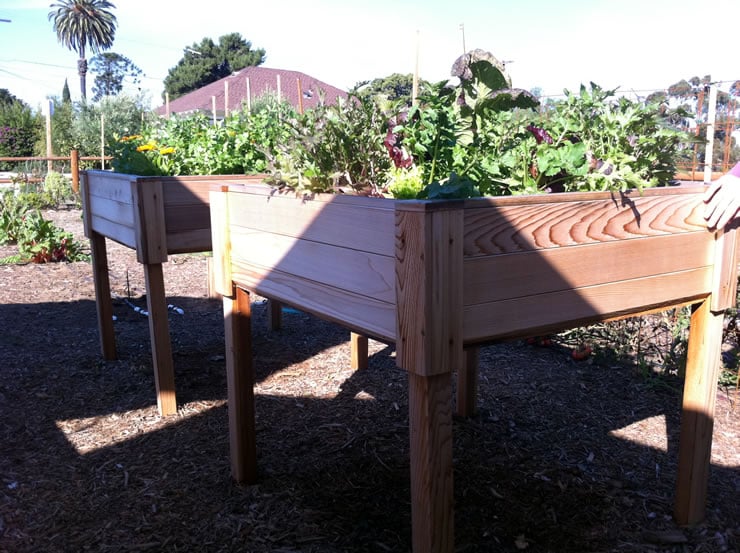





















Just finally got this done. soooooo awesome!!!!
This would be a great way to have a raised veggie garden too
You have to scrub the tires good with soap and water to get off grease and dirt, so the outdoor paint to stick good. I cut up old carpet into circles and put in the bottoms inside the tires, to hold in dirt when I put them on top of fat tree stumps for planters. It held the dirt so it did not run out with the watering. Moisture was also held in so I did not have to water them everyday. This would also work when tires are stacked.
I can see where the dirt has spilled out on several. Netting the bottom with landscape netting using the weight of the dirt to hold it in place around the sides, and adding some sphagnum moss to the bottom much like a hanging basket to hold the dirt in might work. I would use landscape fabric cut it large enough to run up the inside of the tire fill with dirt around the inside of the tire first to hold in place. Place the tire in the desired area then fill and plant to please. Just my idea on how to keep the dirt in. I am making this my next project. To see the bright colors every morning WOW how great.
We live in an earth home built in the ’80s. Tires were used to keep soil retained so we have these in place already. I have now been given a GREAT idea to liven it up a bit 🙂 THANKS!!
I saw this on Pinterest. I love it.
Going to start this project this weekend. My Neighbor has lots of old tires in his back yard that I can use.
Krylon Fusion Paint comes in great colors and works with the rubber tires. The dirt stays in when you offset them in the stacks. This same method of stacking tires is used to build houses and other structures!
love these tires! I would appreciate directions on how you put bottoms on them to hold the soil.
Hi Annette,
I didn’t set them up — they’re from the Olivewood Gardens and Learning Center. However, I’m pretty sure the dirt stays in there just because of the way they’re stacked. 🙂
I am doing this tire stack this year for my Strawberries and herbs. I went to a local tire place 3/25/2013 and they gave 11 tires. These guys were cool. Some places will charge for tires with decent tread as they get paid for them. Just do not get tires with wire showing around the edges, to dangerous
These are so pretty. I love the bright colors.
I agree! Such a cool way to repurpose old tires…